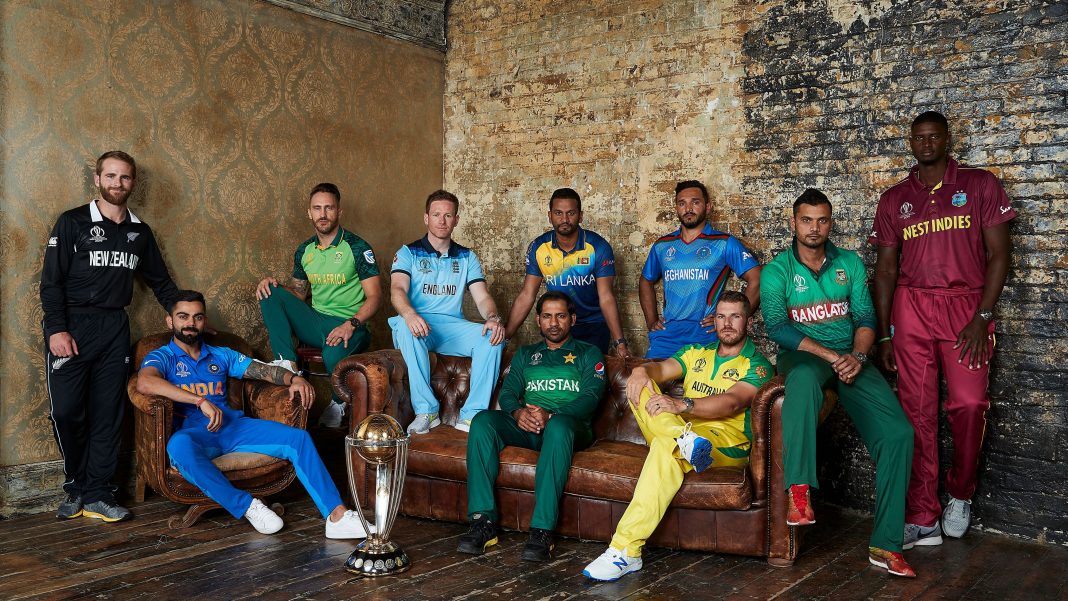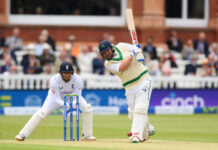I went to bed (late, again, thanks #CWC19 timezones) deflated on a number of fronts, firstly at how Afghanistan’s performance belied their talent, and also lamenting how the best teams who qualified in Zimbabwe wouldn’t have necessarily progressed from an event played in conditions similar to those faced by the 10 sides in England and Wales.
There was also the weird feeling in the back of my head that this result would end up being used as a rod to beat up those who are in favour of a bigger world cup.
I wasn’t wrong.
After Afghanistan’s inaugural Test match against India last year, the same individual who correlated the Blue Tigers’ first-up Test loss in Bengaluru – against the number ranked Indian side no less – to the format of the 50-over World Cup. Former Scotland men’s Captain Preston Mommsen’s tweet was one of a majority lambasting the comments. There was what appeared to be a change of heart with a piece on global pathways, but the most recent tweet would appear a regression to an earlier point of view.
As I set out in reply on Twitter today, I’m not sure a tweet calling out “keyboard warriors” brings about the best method for constructive conversation here. Not to mention a) the ironic nature of delivering the message in true keyboard-warrior style, b) the fact that there have not been any Affiliate members for two years, and c) there aren’t any Associates playing in the event he dutifully hashtags.
If Anand was referring to those – like myself – who advocate for the (re) expansion of the sport’s premier global event it’s (again) disappointing to read, as it’s not about being an Associate “keyboard warrior”. It’s trying to help grow the sport for a common good.
It’s not the fact teams “weren’t good enough to qualify” nor the meritocracy of the pathway (it was the most meritocratic in history in terms of making 4 Full Members qualify – the first time some Test nations did not automatically take a place) but it’s that emerging nations are more competitive than ever and we are the only global sport contracting our World Cup.
In fact since 2015, in all ODI matches between Associates and Full Members, AMs have more often (proportionally) produced competitive matches than those played between FMs:
Nick Skinner – with David Ager’s help – is doing a heap of work at the moment for an EC feature on the “competitive matches” concept, analysing the correlation between ranking difference and results, building on what Russ Degnan did here.
In short though it’s not that those pesky Associates “shouldn’t be at the World Cup with all these blowouts”. It’s entirely possible to have an expanded format that front-ends the likelihood of one sided matches, leads into increasing stakes, and all with as few dead rubbers as possible. Take for example Russ’ 20 team format:
Or in either of Bertus de Jong’s 16 team structures:
Or even Tim Wigmore’s, which is another take on 2015:
It also work with 3 groups of 5. But I’ll leave it there for now.
And then, someone “called upon” the ICC to strip T20I teams of their new status. But we’ll get to that a little later…







